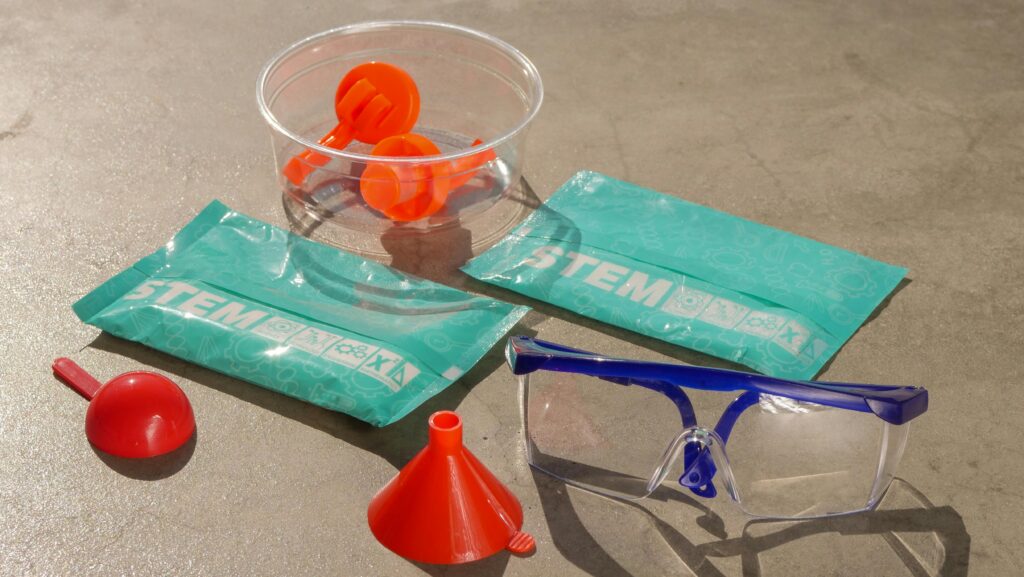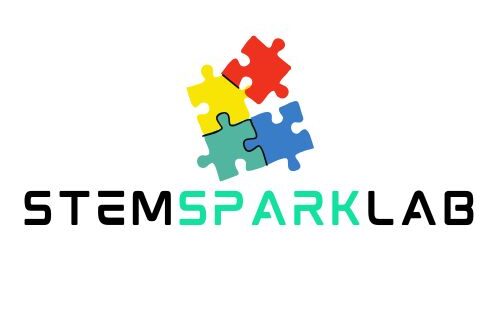10 Spring STEM Activities
We may earn a commission for purchases made using our links. Please see our disclosure to learn more.
As the days get longer and nature wakes from its winter nap, spring becomes a perfect backdrop for educational adventures. These spring STEM activities aren’t just fun—they build critical thinking, encourage observation, and connect kids to the world around them.
Whether you’re a parent, teacher, or homeschooler, these 10 hands-on activities will transform your spring days into exciting science, technology, engineering, and math experiences. And yes—they’re simple, affordable, and mostly screen-free.
Why Spring Is the Perfect Season for STEM Exploration
From blooming flowers to unpredictable rain showers, spring offers an ever-changing natural classroom. Children are naturally curious, and STEM activities tap into that wonder by inviting kids to ask questions, experiment, and solve problems.
So let’s dig into 10 engaging ideas that mix sunshine, science, and a whole lot of learning.
1. Build a Rain Gauge and Measure Spring Showers
What You’ll Need
- A clear plastic bottle
- Ruler
- Marker
- Scissors
- Pebbles
STEM Skills Explored
Math (measurement), data collection, environmental science.
Cut the top off the bottle and invert it like a funnel. Add pebbles to stabilize it, mark your scale, and track daily rainfall. It’s a simple yet powerful way to introduce data logging.
2. Plant a Pollinator Garden and Track Bee Visits
What You’ll Need
- Wildflower seeds
- Garden space or pots
- Notebook
- Smartphone (optional for pictures)
STEM Skills Explored
Biology, ecology, observation, data analysis.
Pollinators are essential, and this activity teaches kids how to support them while tracking which flowers attract bees and butterflies. It’s also a great entry into citizen science.

3. Make a Solar Oven for Springtime Snacks
What You’ll Need
- Pizza box
- Aluminum foil
- Plastic wrap
- Tape
- Black construction paper
- S’mores ingredients!
STEM Skills Explored
Thermodynamics, engineering, solar energy.
This eco-friendly snack station teaches kids how sunlight can be harnessed for heat. A delicious way to introduce renewable energy.
4. Build a Bird Feeder and Observe Nesting Behavior
What You’ll Need
- Toilet paper rolls
- Peanut butter
- Birdseed
- String
STEM Skills Explored
Zoology, observation, behavioral science.
Hang these feeders and monitor how birds behave. Do they prefer one seed type over another? What times of day are busiest? A perfect blend of ecology and patience.
5. Create a Mini Greenhouse from Recyclables
What You’ll Need
- Clear plastic containers
- Soil
- Seeds
- Spray bottle
STEM Skills Explored
Botany, engineering, sustainability.
Watch seeds sprout inside recycled containers. This project helps explain humidity, photosynthesis, and greenhouse effects on a micro level.
6. Design a Butterfly Life Cycle Wheel
What You’ll Need
- Paper plates
- Markers/crayons
- Scissors
- Paper fasteners
STEM Skills Explored
Biology, life sciences, sequencing.
Spring is butterfly season, making it the ideal time to explore metamorphosis. A life cycle wheel is a creative way to visualize complex processes.
7. DIY Weather Station with Kids
What You’ll Need
- Thermometer
- Wind sock
- Rain gauge
- Compass
STEM Skills Explored
Meteorology, data tracking, environmental science.
Build a simple weather station and learn how temperature, wind, and direction affect daily life. It encourages kids to record patterns and forecast changes. For an added outdoor tech twist, consider incorporating a drone landing pad activity to explore how weather conditions impact drone flights and safe landings.
8. Water Filtration Science Experiment
What You’ll Need
- 2-liter bottles
- Sand, gravel, charcoal
- Dirty water
- Coffee filters
STEM Skills Explored
Engineering, chemistry, environmental science.
This one’s a hit in classrooms and at home. It teaches the basics of water filtration and highlights the importance of clean water.
9. Build a Seed Sprouting Jar
What You’ll Need
- Mason jar
- Cheesecloth
- Seeds (lentils, beans, etc.)
- Water
STEM Skills Explored
Plant biology, observation, nutrition.
Soak seeds overnight and watch them come to life. This is a great way to demonstrate germination and discuss plant needs in a hands-on setting.
10. Create a STEM Scavenger Hunt in Nature
What You’ll Need
- Printed checklist (rocks, leaves, bugs, etc.)
- Magnifying glass
- Pen or pencil
STEM Skills Explored
Classification, nature study, pattern recognition.
Turn a walk into an adventure. Look for symmetry in leaves, insect movement, or color patterns. A scavenger hunt combines play and science beautifully.

How Research Supports Spring STEM Activities for Children
STEM isn’t just a trendy acronym—it’s a teaching approach backed by real science. Multiple studies have shown that hands-on, seasonal STEM experiences have measurable benefits for children’s development, especially in spring when curiosity about nature naturally increases.
One compelling scoping review of preschool STEM activities analyzed 19 studies and found that engaging young children in inquiry-based learning, pretend play as scientists or engineers, and outdoor experiments significantly boosts their early science literacy and motivation. Interestingly, girls were especially responsive to role-playing STEM activities, which fostered confidence and interest in traditionally male-dominated fields.
Another insightful study focused on STEM activities using design thinking methods, revealing a clear link between these structured yet creative tasks and improved problem-solving and creative thinking in children. This approach was notably effective among kids with adaptation challenges, proving that inclusive STEM practices help build resilience and foster collaboration.
Together, these findings reinforce what many educators and parents have already discovered through experience: well-planned STEM activities, especially when integrated with nature and creativity, are powerful tools for holistic learning. Whether it’s designing a rain gauge or building a solar oven, these spring projects provide more than just fun—they lay the foundation for future innovation.
Recommended Spring STEM Tools and Kits
Looking to simplify your prep? These highly-rated kits and tools make it easy to jump into spring STEM fun:
- Thames & Kosmos Kids First Science Lab Kit
Ideal for younger learners, this set includes beakers, test tubes, and activity cards for basic experiments. - Creativity for Kids Grow ‘n Glow Terrarium Kit
A magical way to teach plant cycles—kids decorate and grow a glow-in-the-dark terrarium they build themselves. - Learning Resources Botley 2.0 Coding Robot
Incorporate basic coding into your outdoor STEM scavenger hunts or design challenges—screen-free and intuitive. - Nature Bound Bug Catcher & Observation Kit
A safe and engaging way to explore insect habitats up close—pairs well with the STEM scavenger hunt activity. - Solar Educational Kit – 6-in-1 Solar Robot Toys
Great for learning about renewable energy while building robots that work using solar power. Ideal for sunny spring days!
Conclusion: Make This Spring a Season of Discovery
Spring isn’t just for blooming flowers—it’s the perfect time to watch young minds blossom too. Whether you explore weather, wildlife, or plants, these STEM activities make learning exciting and accessible.
By combining creativity, problem-solving, and real-world applications, these ideas help kids understand their environment and spark a love of science that can last a lifetime.
So grab your supplies, head outside, and let the learning begin!
FAQs About Spring STEM Activities
Q1: What age group are these activities suitable for?
Most are designed for ages 5–12, but can be adapted for older or younger learners with simple tweaks.
Q2: Can these be done indoors if it rains?
Yes! Many of them, like seed jars or butterfly crafts, work perfectly inside.
Q3: How long do these activities take?
Most take under an hour, but some like the pollinator garden or rain gauge require longer observation for best learning outcomes.
Q4: Are these safe for toddlers?
With supervision, yes. Always choose age-appropriate materials and monitor activities involving scissors or small parts.
Q5: Where can I find more ideas?
STEM websites like Vivify STEM or educational Pinterest boards offer tons of seasonal inspiration!




